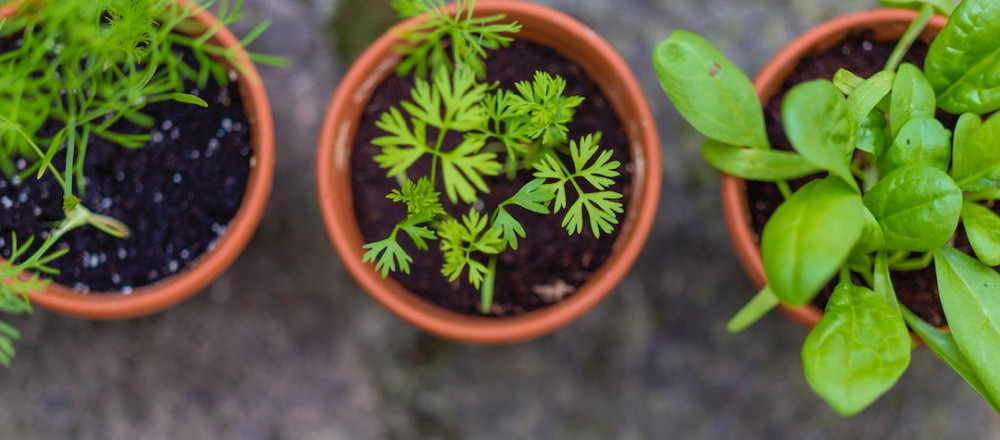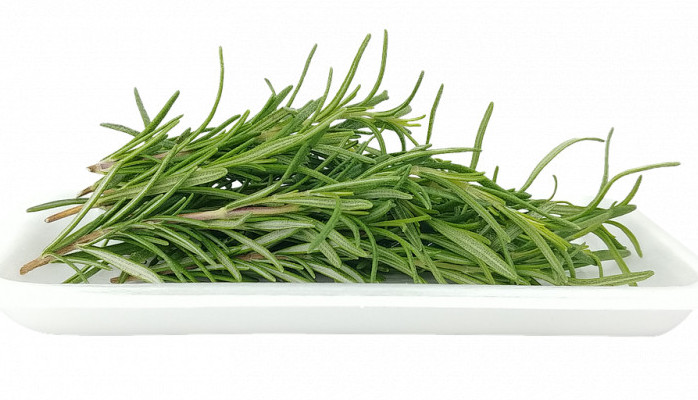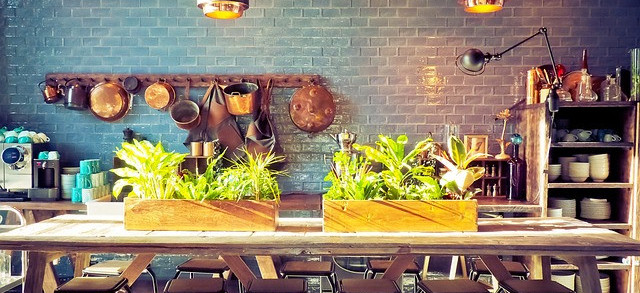
So you have decided to try to create a kitchen garden? Or you are not certain if you have the time, but you would like to experiment to see if you can manage it. What about trying to start with creating a miniature kitchen garden first by creating a herb garden in pots? This does not require a large financial outlay, nor does it need to be very time-consuming. Many people try to grow herbs first. Let’s be honest, most people will use herbs in their cooking, so this can be a very useful experiment.
There is nothing more frustrating than buying herbs at the supermarket for a specific meal and then throwing out the remainder as they do not keep. But if you are growing your own, you will have a never-ending supply in your own garden, even if they are in pots on your porch or window sill.
Why not give it a try?
Choosing your first herbs
So, the first steps you need to take are to decide which herbs you would like to start with and where you would like to plant them.
The choice of herbs will determine the position that will be the ideal place for them to grow and the best pots for them to plant them in. The best herbs to grow are the ones you like to eat, but it is also worth considering if you have a spot that gets at least half a day of direct sunlight each day. Or, failing that, you can invest in a grow light that will help your herbs get enough light to grow effectively if you need to grow them indoors.
Most of the common herbs are easy to grow, so perhaps start with mint, thyme, basil, chive, sage, oregano, or parsley, as your first crop. All of these will grow easily with a minimum of work and fuss.
Which pots are best for growing organic herbs?
The biggest mistake beginners make when they first plant herbs is to overwater them. Herbs need a lot of drainage and only need to be watered when the top inch of the potting mix feels dry. Thus, the best pots for herbs are made of terra cotta due to its moisture-wicking ability. If this is not possible, then make sure you have a really good potting mix with pebbles at the bottom and drainage holes to allow excess water to drain.
The diameter of the pot will be determined by how many plants you are planning on putting together. For example, a mature chili plant will need a 10-inch pot minimum, but other herbs can quite happily grow in an 8-inch pot. I would suggest that it is a great idea to choose pots that are the correct size for the mature plant to minimize having to move the plants into bigger pots along the way. A good rule of thumb is that the pot needs to be the same depth as the height of the mature plant. (Check the tag on the seedling in the nursery for guidance.)
While herbs that are growing in the ground will often grow quite well without fertilizer, I always fertilize herbs in a pot as they tend to leech all the nutrients out of the small amounts of soil that is in the pot. I choose to alternate between using a seaweed solution that is easily accessible here in Australia and is entirely organic and easy to use. I just added it to the watering can. I also have a worm farm in my backyard. It is only a small one, so it takes around 2 weeks to provide enough fertilizer for all my pots. I also add banana skins and coffee grounds to the pots for more added natural nutrients. Plus, there is the added benefit of composting food scraps from my kitchen going to my garden instead of adding chemicals to it.
Which herbs grow well together?
If you wish to group plants, you will need a larger pot, and this will be determined by the space you have. You can use as a guide around 6 inches per plant, or around 18 inches in diameter for three plants. It is a good idea to only plant annual herbs together (basil, coriander/cilantro, and dill) and perennial herbs in another pot (chives and marjoram). There are some herbs that are so invasive, e.g., mint, that they should be planted in a pot on their own, or they will take over and crowd out anything that is growing nearby.
Making your herb pots an indoor décor feature
If you are lucky enough to have a large enough, light-filled window in your kitchen, you can hang small pots with some individual herbs growing for easy access when you are cooking. Or make a window box that can sit on the outside of your window sill (depending on your window frame) to allow you to pick herbs without leaving the kitchen.

Getting Started!
So if you have ever thought about trying to grow your own food but are convinced you need to have a green thumb, I would urge you to give it a go. Start with one pot. Start with one herb. I started with mint because my childhood was spent eating my grandmother’s mint sauce on everything. She was the best cook in the world, but I loved her mint sauce and her mint jelly, so when I bought my first house, I planted mint, and it took over my front yard!
Happy planting, and please leave a comment or share your experiences below. I would love to hear from others about how you got started or how you grow herbs in other parts of the world.